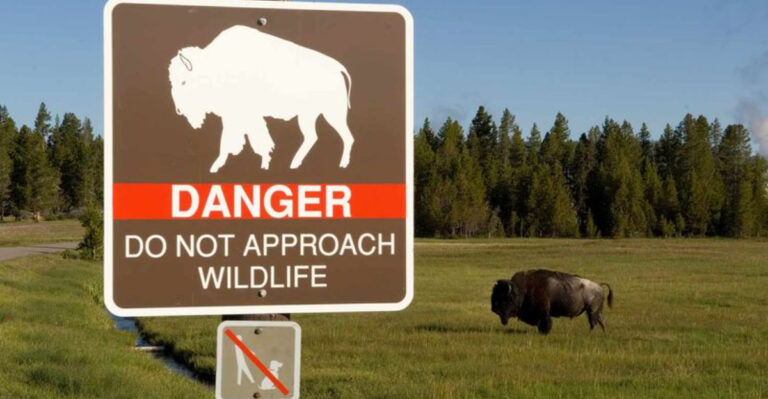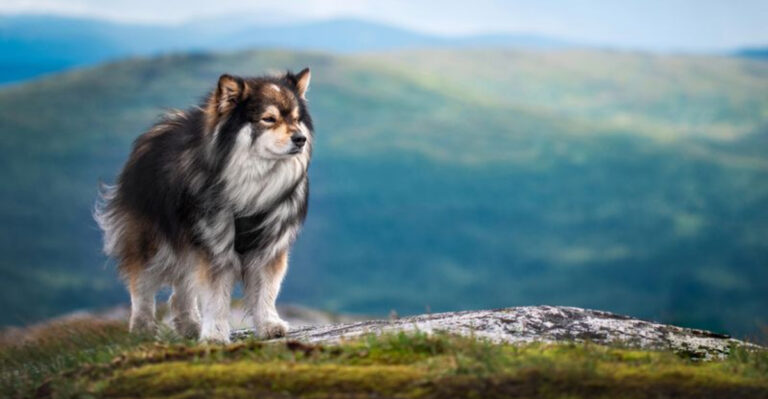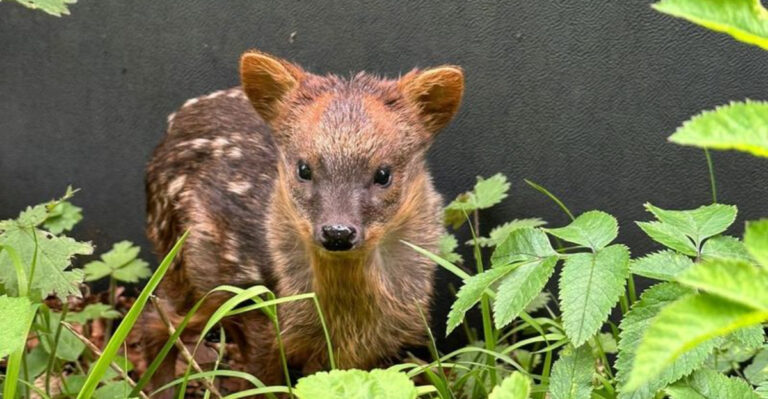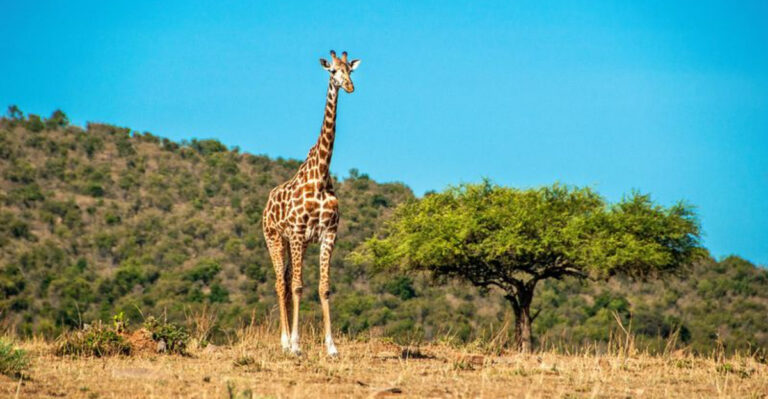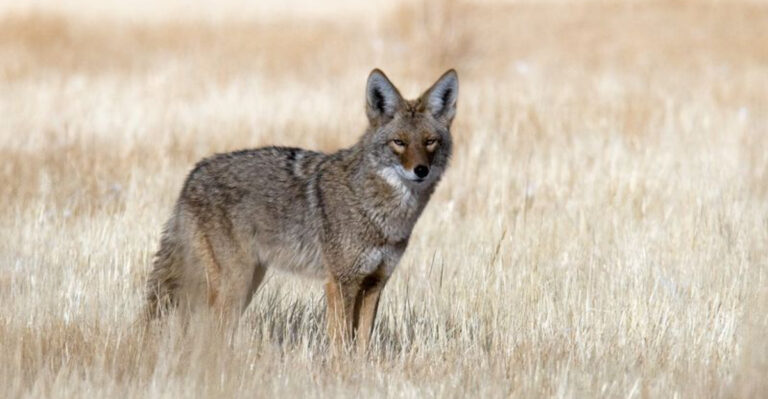Butterflies Older Than Flowers? Oldest Butterfly Fossil Found In 236-Million-Year-Old Poop
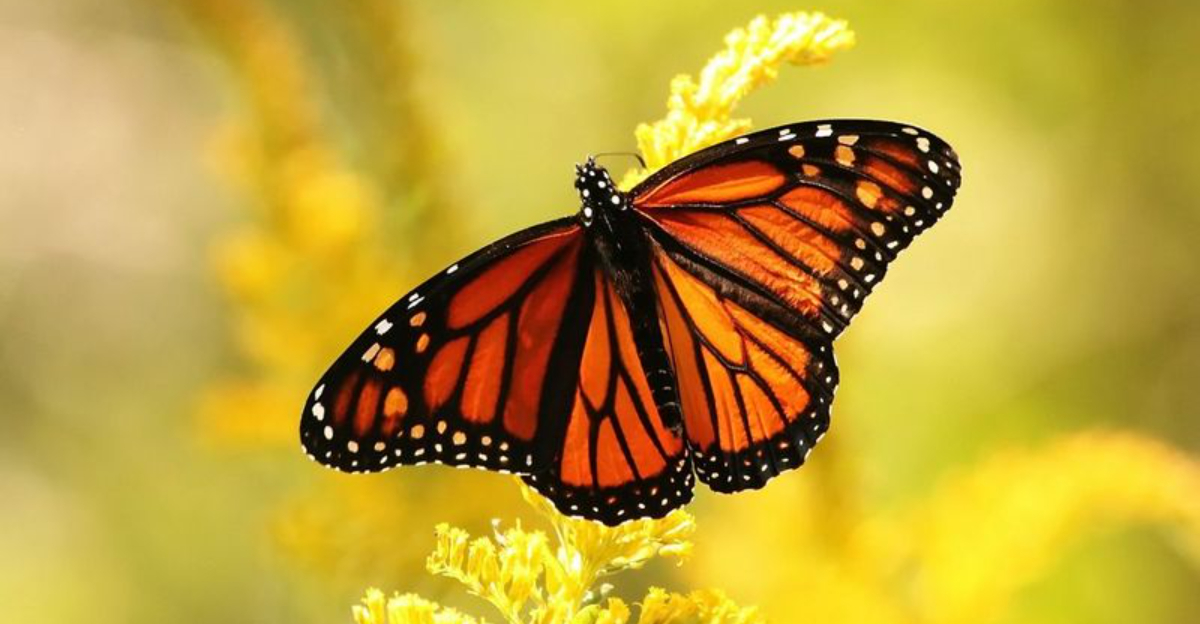
Imagine a world without flowers, yet butterflies still fluttered through the skies! Scientists recently made a jaw-dropping discovery in a 236-million-year-old piece of fossilized poop that’s changing everything we thought we knew about butterflies.
This incredible find suggests butterflies evolved long before flowering plants, turning our understanding of insect evolution upside down.
The Discovery: A Fossilized Surprise In 236-Million-Year-Old Poop
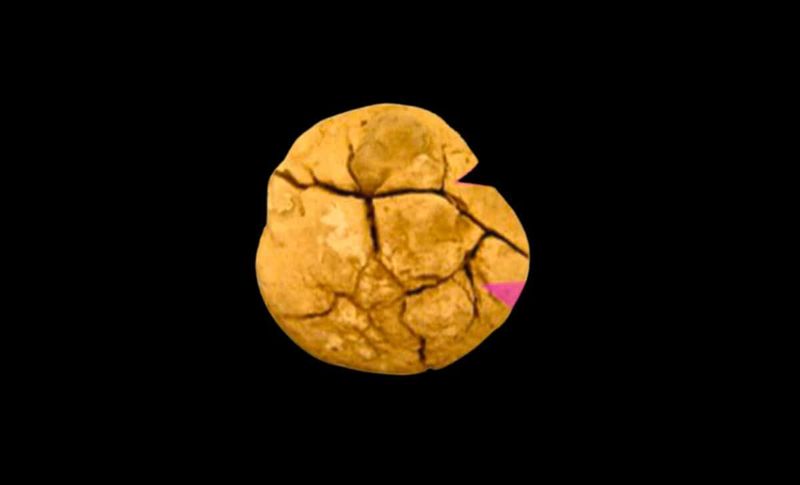
Who would’ve thought ancient poop could be so exciting? Scientists found tiny butterfly scales inside fossilized droppings from the Triassic period.
This prehistoric poop, called coprolite, preserved delicate butterfly wing scales for millions of years. Talk about luck! The scales were spotted using powerful microscopes that revealed their distinctive patterns and structures.
What Makes This Butterfly Fossil So Significant?
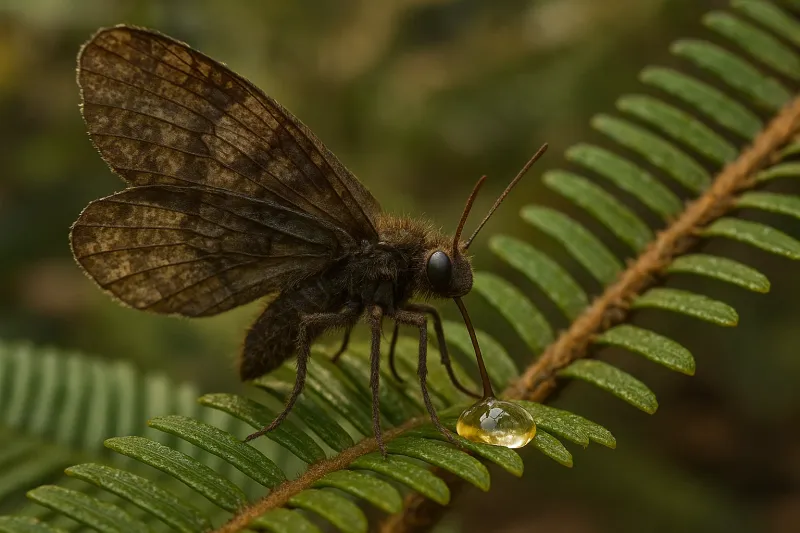
Before this poop discovery, experts thought butterflies appeared around 130 million years ago alongside flowering plants. Finding 236-million-year-old butterfly remains blows this theory out of the water!
It pushes back butterfly origins by over 100 million years. That’s like learning dinosaurs existed during the Roman Empire when we previously thought they lived during medieval times.
How Did Scientists Identify The Oldest Butterfly Evidence?
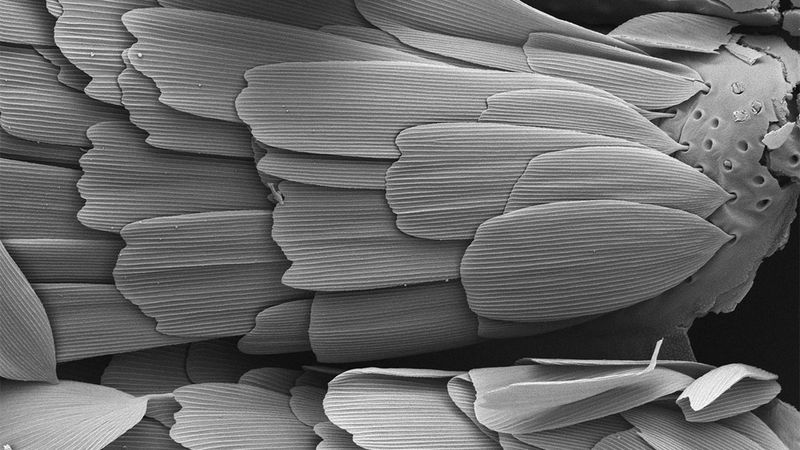
Butterfly scales have unique ridges and patterns that work like fingerprints. Scientists used electron microscopes to zoom in super close on these tiny treasures.
The scales matched those of modern Lepidoptera (butterflies and moths). Some scales even showed hollow tubes – a special feature only found in butterflies and moths today. This evidence convinced scientists they’d found the real deal!
Understanding The Role Of The Proboscis In Early Lepidoptera

The straw-like tube butterflies use to drink nectar is called a proboscis. Scientists think early butterflies might have used this tool differently since flowers weren’t around yet.
Perhaps they sipped water droplets or plant sap instead! The proboscis might have evolved first for other purposes, then later became perfect for drinking flower nectar when flowering plants finally appeared on Earth.
Rewriting Insect Evolution: Butterflies And Moths Before Flowers
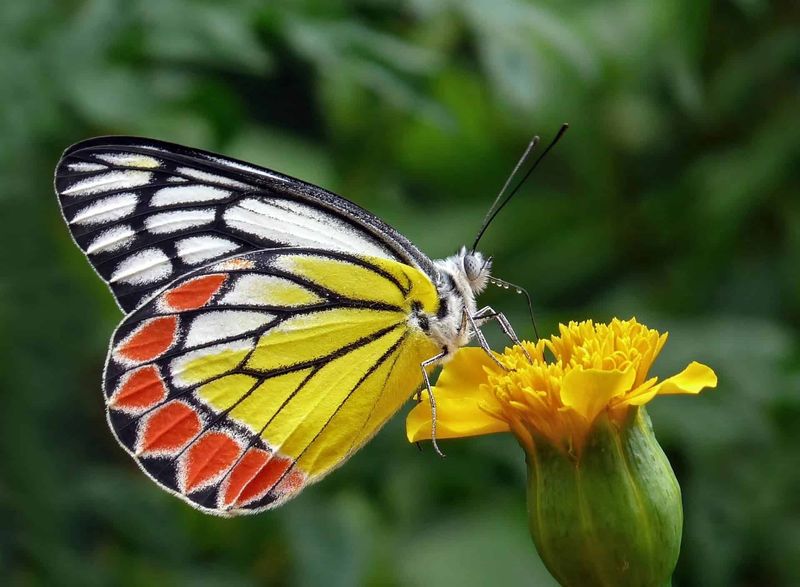
This discovery is like finding out pizza existed before tomatoes! The textbooks need serious updating now that we know butterflies fluttered around long before their supposed favorite food source appeared.
Scientists are scratching their heads wondering what these ancient butterflies ate. Did they feed on gymnosperms (non-flowering seed plants)? Were they scavengers? The mystery adds excitement to paleontology!
What This Discovery Tells Us About The Triassic Ecosystem

The Triassic period (252-201 million years ago) was a time of recovery after Earth’s worst mass extinction. Finding butterflies from this era reveals unexpected complexity in these ancient ecosystems.
It suggests insect diversity bounced back faster than we thought! The creature that left the fossil poop probably ate plants with butterflies on them, giving us a rare glimpse into a food chain from long ago.
The Relationship Between Early Insects And Non-Flowering Plants
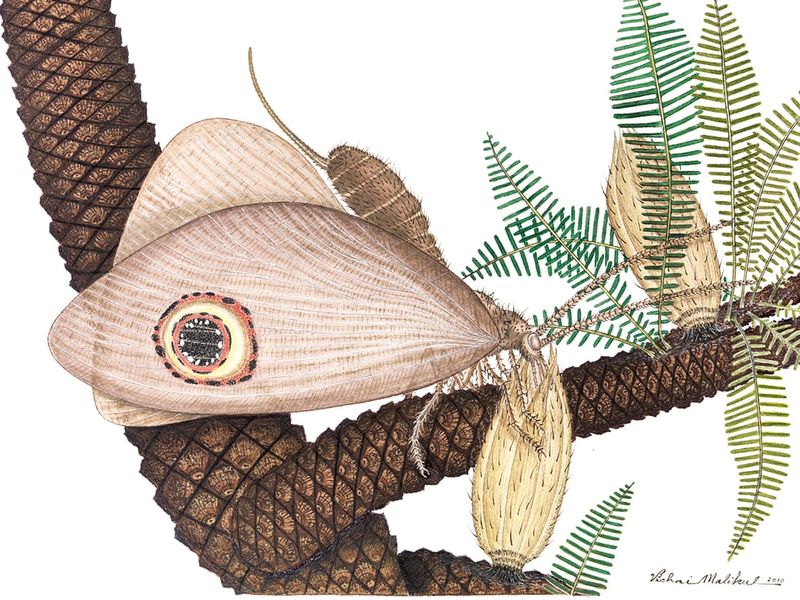
Before flowers brightened our world, Earth was covered with ferns, cycads, and conifers. Early butterflies must have formed special relationships with these plants that we never imagined!
Maybe they helped spread pollen between cone-bearing plants. Or perhaps they munched on their leaves as caterpillars. This discovery forces scientists to rethink how insects and plants co-evolved throughout Earth’s history.
The Fossilized Poop: A Window Into The Past Of Ancient Earth
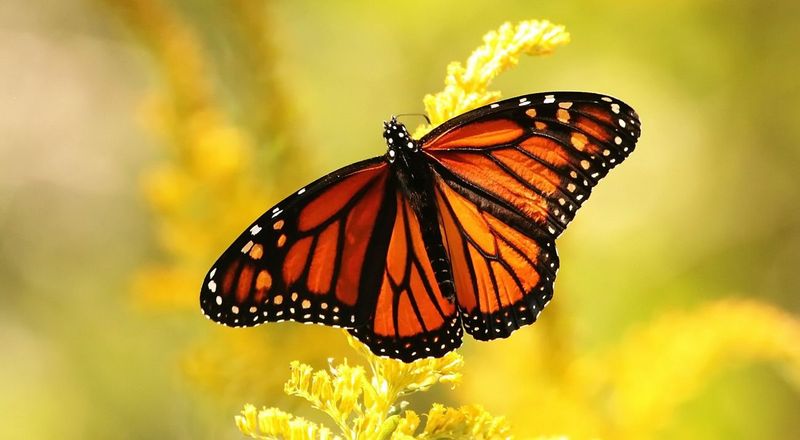
Ancient poop might sound gross, but it’s actually a treasure chest of information! This particular specimen likely came from a pterosaur or small dinosaur that snacked on insects.
Coprolites preserve things that normally disappear quickly. The creature’s digestive juices weren’t strong enough to destroy the tough butterfly scales. Thanks to this prehistoric potty break, we’ve rewritten butterfly history!
Implications For The Evolution Of Pollinators And Plant Life
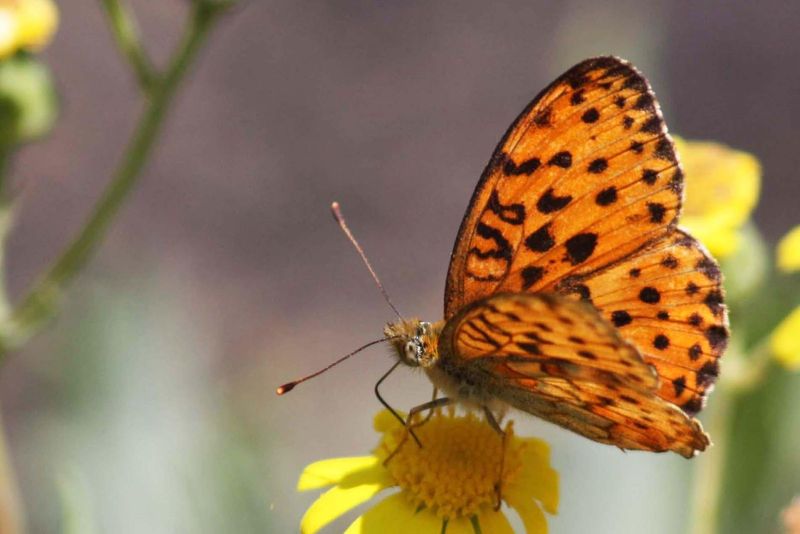
We used to think butterflies and flowers evolved together like dance partners, each influencing the other’s development. This discovery suggests butterflies showed up to the dance floor way earlier!
When flowering plants finally appeared, butterflies already had the equipment (proboscis) to take advantage. This head start might explain why butterflies became such successful pollinators once flowers bloomed on Earth.

